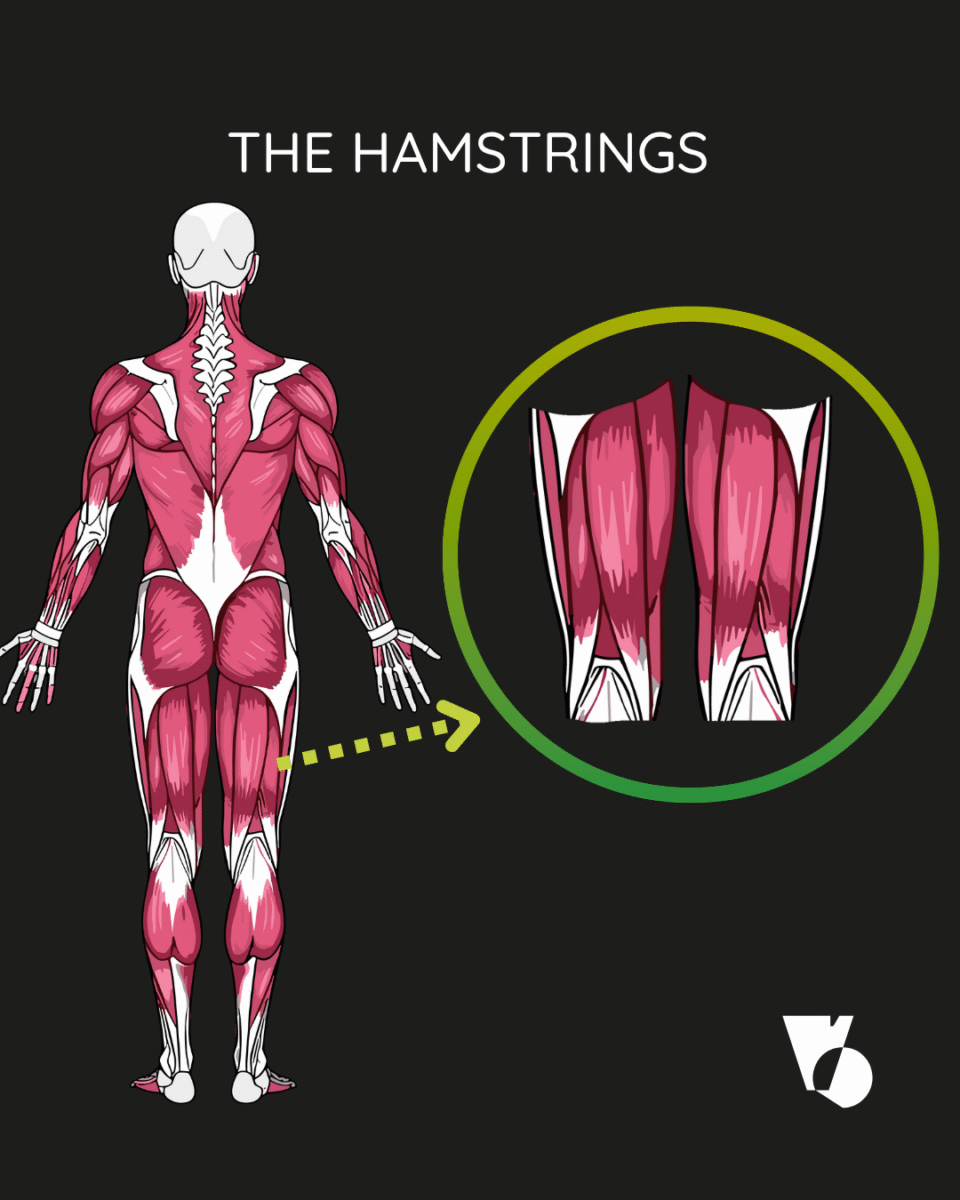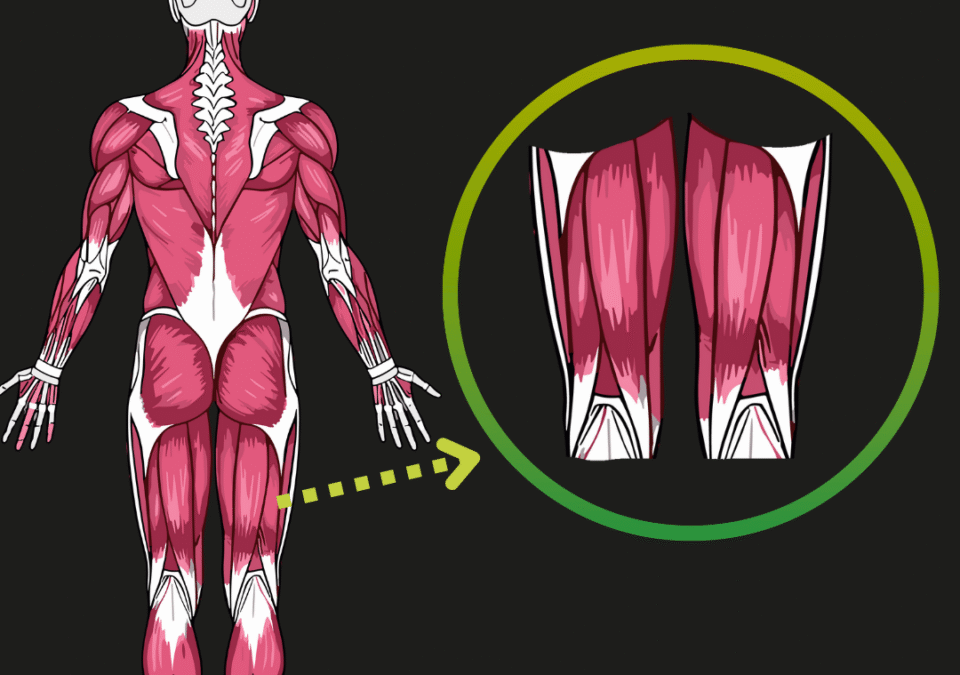The hamstrings play a crucial role in the cycling pedal stroke mainly by assisting with knee flexion and hip extension. During the pedal stroke, the hamstrings work mostly in the latter part of the downstroke and throughout the upstroke phase. Specifically:
- The hamstrings help flex the knee as the pedal passes the lowest point (around 5 o’clock to 1 o’clock positions), pulling the foot back and up to prepare for the next downstroke.
- They extend the hip joint, contributing to power during the downstroke by complementing the glutes and quadriceps.
- Hamstrings also help stabilise the knee as it extends, which is vital for efficient force transfer from your hips and thighs to your lower legs and pedals.
- Because cycling keeps the hamstrings in a shortened position most of the time, regular stretching helps maintain their flexibility and prevents them from tightening up, which can negatively affect lower back health and pedal stroke efficiency.
- Strengthening the hamstrings is important to prevent overuse injuries and ensure they can effectively support the glutes and quads in producing power throughout the pedal stroke.

In summary, the hamstrings are essential for the upward and backward movement of the pedal, knee stability, and hip extension, making them key for a smooth, efficient, and injury-free cycling pedal stroke.

